Fatty liver disease is one of the most common causes of jaundice in cats. It is a disease that can have serious consequences for your cat, so it is important to start treatment on time.
How does a fatty liver develop in cats?
The body uses glucose for fuel. Most of the glucose is absorbed through food. If an animal (or a human) temporarily eats less, for example between two meals, the fat reserves can be used. When all the glucose from the diet is used up, the fat stores are slowly depleted. The released fats are transported via the blood to the liver, where they are converted into glucose. When there is too much fat, it builds up in the liver cells and prevents the liver cells from performing their normal function. Cats are very sensitive to such liver dysfunction. When a cat eats poorly, fats enter the blood and liver. These fats disrupt the normal functioning of the liver and make the cat feel ill. Because the cat feels ill, it eats even less and more fats get into the blood. So it's a downward spiral. If your cat is not treated in time, it can die from this condition.
What are the symptoms of fatty liver disease?
Any cat can get fatty liver. Cats and overweight cats are slightly more likely to suffer from the disease than tomcats and thin cats. Poor diet is one of the most common symptoms. It's difficult to figure out why your cat started eating worse in the first place. It can have many different causes such as: cat flu, inflammation, diabetes, dietary changes, hyperthyroidism, pancreatitis, stress and more. In 50% of cases, no cause for poor nutrition can be found. This is called idiopathic hepatolipidosis (fatty liver whose cause we do not know).
Symptoms of fatty liver include: eating poorly or not at all, resulting in weight loss, lethargy, jaundice, and cats may vomit. Fatty liver often occurs after 3 days of “fasting”, but can occur earlier. The symptoms are often not seen until later (sometimes even after 2 weeks of eating less). In some cases, behavioral changes may be noticeable. If the disease is in an advanced stage, it can even lead to neurological symptoms (e.g. blindness and epilepsy).
How is the diagnosis made?
Your vet will feel an enlargement of the liver in your cat's abdomen. An enlarged liver does not immediately mean that your cat has fatty liver. Your cat can also have fatty liver without the liver being enlarged. With an ultrasound scan, it's often possible to look inside your cat's abdomen and visualize the liver. In some cases, your vet may decide to do a fine-needle biopsy of the liver. He/she should always inform you about this.
In addition, it is also very important to find out the reason why your cat ate less? Is something wrong with the teeth or is there an underlying cause? If left untreated, fatty liver cannot heal.
What is the treatment for fatty liver disease?
The most important part of treatment is diet. Sometimes you need to force-feed your cat, and sometimes the vet will allow your cat to have a tube placed. This greatly depends on your cat's condition. It is very important that your cat does not lose any more weight.
Sometimes it is enough to find and treat the cause of the lack of appetite. In other cases, a change in diet and the administration of appetite-stimulating medication is sufficient. All of this depends a lot on your cat's clinical condition!
In the first few months after recovery, it's important to continue to provide foods with high nutritional value.
Can I prevent fatty liver disease in my cat?
One of the main causes of fatty liver disease in cats is the cat losing weight too quickly. It is therefore extremely important that you only let your cat lose weight under the guidance of your veterinarian. Your cat needs to eat every day! If your cat doesn't eat her food throughout the day, it's necessary to keep a close eye on her. If your cat's diet has been deteriorating for several days, take your cat to the vet to have it checked out. Fatty liver disease is a serious problem and needs to be treated quickly. The sooner you catch it, the better your cat will respond to treatment.
It is also important to prevent your cat from becoming overweight. Fat cats are at a higher risk of developing fatty liver disease.
This text was translated by a translation machine
 Horse Pharmacy
Horse Pharmacy Rugs
Rugs Care
Care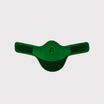 Saddle and Attachments
Saddle and Attachments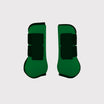 Leg Protection
Leg Protection Bridles
Bridles Feed
Feed Fly Masks
Fly Masks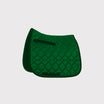 Saddle Pads
Saddle Pads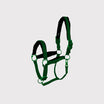 Headcollars and Ropes
Headcollars and Ropes Bits
Bits Other Disciplines
Other Disciplines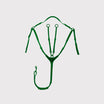 Reins and Auxiliary Reins
Reins and Auxiliary Reins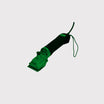 Clipping
Clipping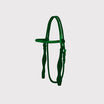 Western
Western Eventing
Eventing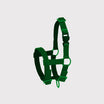 Foals
Foals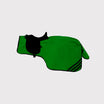 Reflection
Reflection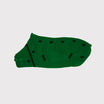 Therapy Products
Therapy Products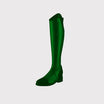 Boots and Shoes
Boots and Shoes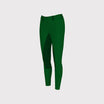 Breeches and Belts
Breeches and Belts Tops
Tops Safety
Safety Competition
Competition Heated Clothing
Heated Clothing Gloves
Gloves Socks
Socks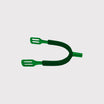 Spurs and Attachments
Spurs and Attachments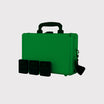 Technology
Technology Whips
Whips Gifts
Gifts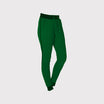 Casual Wear
Casual Wear Underwear
Underwear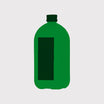 Rider Pharmacy
Rider Pharmacy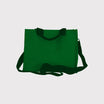 Bags
Bags Books
Books Laundry supplies
Laundry supplies Jewelry
Jewelry Feed and Waterbowls
Feed and Waterbowls Equipment
Equipment Tack Room
Tack Room Pest Control
Pest Control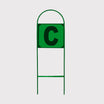 Arena
Arena Horse Toys
Horse Toys Wheelbarrows
Wheelbarrows Yard
Yard Surveillance
Surveillance Disinfect
Disinfect Washing Area
Washing Area Lighting
Lighting Horse Pasture
Horse Pasture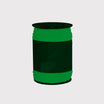 Current Conductors
Current Conductors Pole
Pole Insulators
Insulators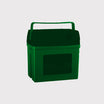 Energisers
Energisers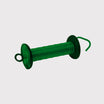 Gate Handles
Gate Handles Batteries and Accumulator
Batteries and Accumulator Nets
Nets Grounding
Grounding Tools
Tools Fencing Security
Fencing Security Wolf Defense
Wolf Defense Fencing Sets
Fencing Sets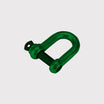 Fence locks
Fence locks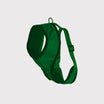 Dogs
Dogs Cats
Cats Rodents
Rodents Dogs Pharmacy
Dogs Pharmacy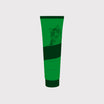 Cats Pharmacy
Cats Pharmacy Rodents Pharmacy
Rodents Pharmacy Cattle Pharmacy
Cattle Pharmacy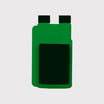 Poultry Pharmacy
Poultry Pharmacy Veterinary Supplies
Veterinary Supplies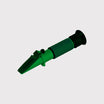 Cattle
Cattle Sheep and Goats
Sheep and Goats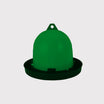 Poultry
Poultry Heat Lamps
Heat Lamps Calves
Calves Marking
Marking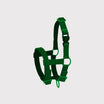 Halters
Halters